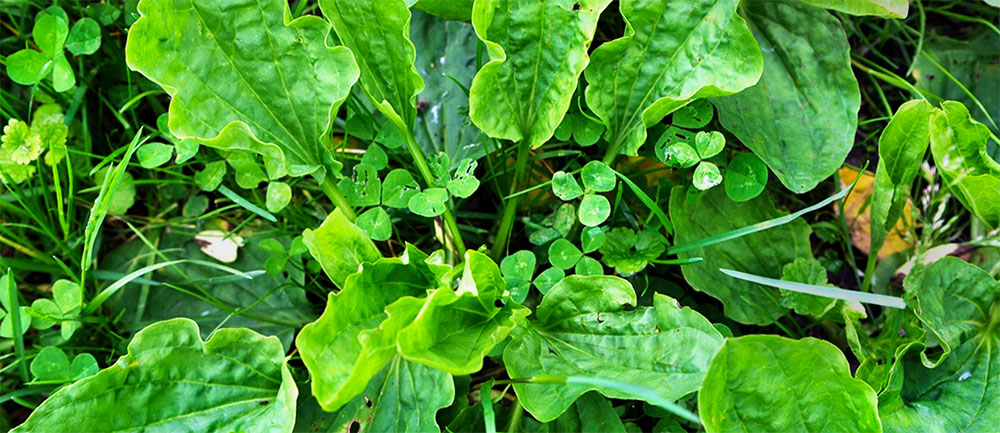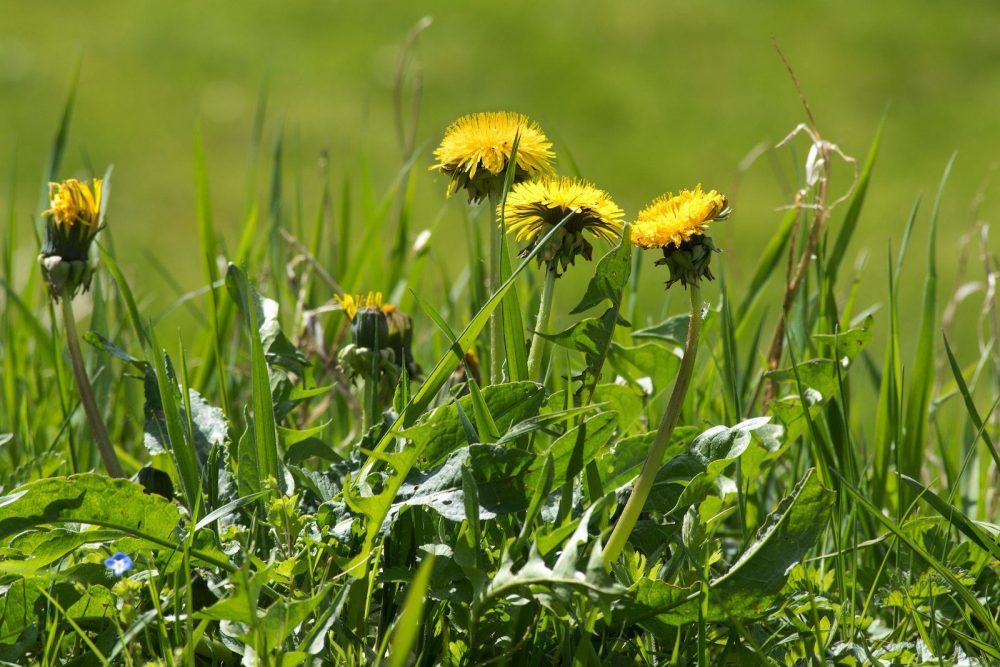When Should You Apply Pre-Emergent in Kansas?
Spring pre-emergent is probably the most important lawn treatment of the year.
In Kansas the best time to apply pre-emergent herbicide to your lawn is from mid-March to mid-April. This is true for the Wichita area, and most of the state.
Weeds begin to germinate when the soil temperature is consistently around 50 degrees. This will typically happen between mid-March and late-April in most of the state. Applying your pre-emergent a little early allows the herbicide time to disperse and settle in the soil.
If you’re looking absolutely ideal conditions to apply pre-emergent, monitor your soil temperatures and wait until the soil has been in the low 50s for 2-3 days. Make your first application at this time, and plan on a second application about four weeks later.
A second application is suggested for most lawns. Technically, herbicides can be applied at any time, however, most weeds germinate in the spring, and spread through the summer. Two applications in the spring provides optimal protection. Pre-emergents are designed to stop weeds before the emerge from the soil, for this reason the timing of the application is important.

What Does Pre-Emergent Do?
Pre-emergents prevent weeds from penetrating your lawn by inhibiting root growth. As weeds begin to sprout, they contact the herbicide barrier, killing the plant before it can grow beyond the soil.
Seeds do not all germinate at the same time, it is possible for dorman seeds to begin growing later in the season, after your pre-emergent has been applied. For this reason, many people apply a second herbicide application in late-spring. Pre-emergents are effective at any time weeds are germinating, but they do not affect weeds that are already growing.
What Types of Weeds Are Controlled?
There are several type of pre-emergent herbicides to kill different weeds. They can be applied in liquid or granular form. The concentration of chemicals may vary depending on your specific type of grass. In Kansas broadleaf weeds, henbit and chickweed, crabgrass, foxtail and dandelions are common problems.
If you’re not working with a lawn professional, make sure to thoroughly review the application instructions on the herbicides that are best suited for you grass type.
Call to schedule a free estimate for weed control service:

